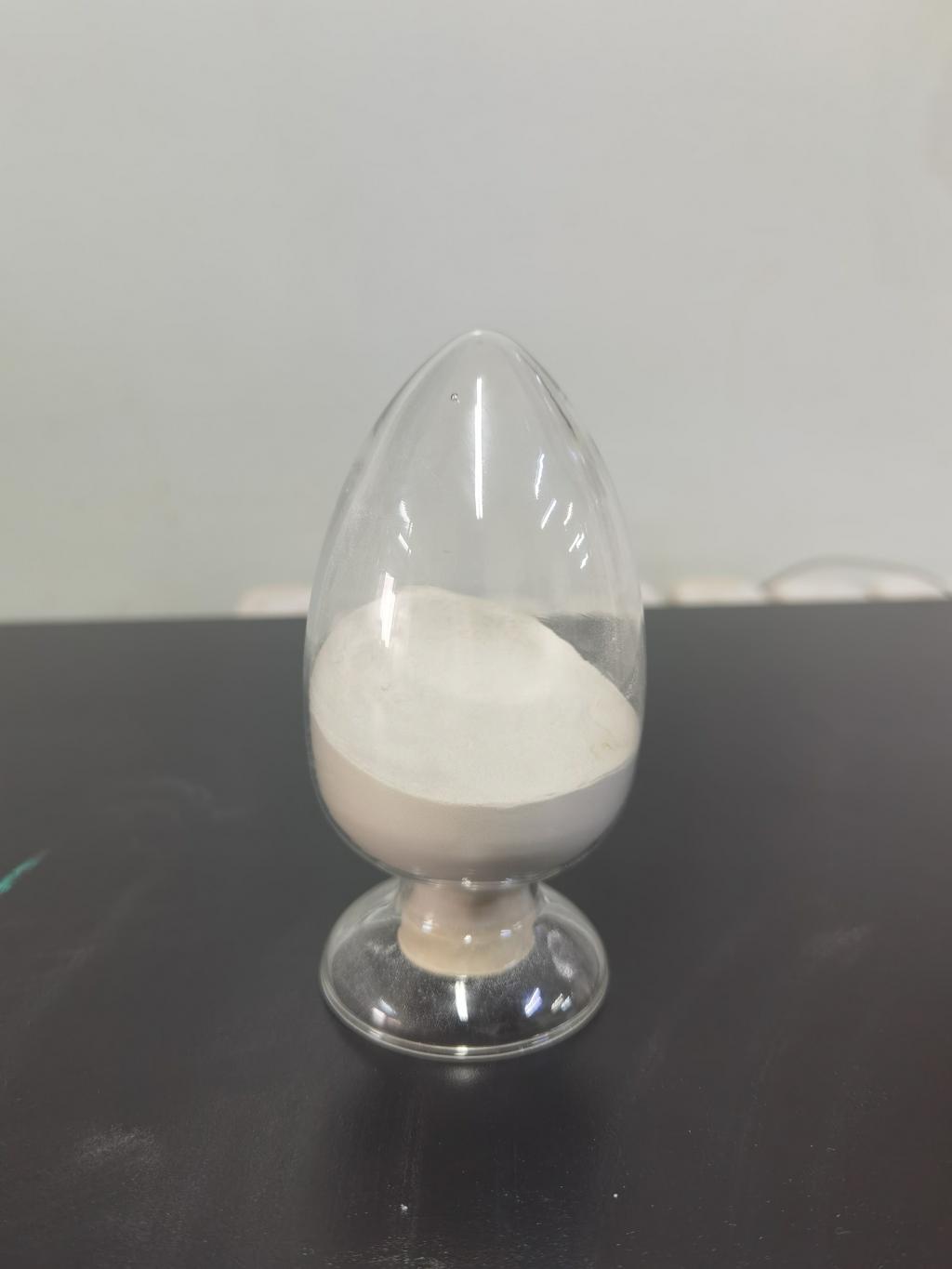Tel:0086 18231198596

News
Nisin is an example of a biopreservative that has gained widespread acceptance in the food industry.
TIME:2023-10-31
Historical Background
Nisin's story begins in the early 20th century when it was first discovered in milk by a French scientist, R.J. Reist. However, it was not until the 1960s that its antimicrobial properties were fully understood and harnessed. Nisin was isolated and characterized as a peptide produced by lactic acid bacteria, primarily Lactococcus lactis. Since then, its application in food preservation has been a subject of extensive research and development.
Production of Nisin
Nisin production involves the fermentation of lactic acid bacteria, with Lactococcus lactis being the primary source. The process typically includes the following steps:
3.1. Fermentation: Lactic acid bacteria are cultivated in a controlled environment, allowing them to produce nisin as a byproduct.
3.2. Extraction: Nisin is extracted from the fermentation broth, and purification steps are employed to obtain a high-purity product.
3.3. Formulation: Nisin is incorporated into food products through various formulations, such as liquid solutions, dry powders, or encapsulated forms, depending on the specific application.
Mechanisms of Action
Nisin exerts its preservative effects through multiple mechanisms, making it a formidable tool in food preservation. Some of the key mechanisms include:
4.1. Disruption of Cell Membranes: Nisin disrupts the integrity of the cell membranes in target bacteria, leading to the leakage of intracellular components and cell death.
4.2. Inhibition of Cell Wall Synthesis: Nisin interferes with the synthesis of peptidoglycan, a major component of bacterial cell walls, leading to weakened cell walls and bacterial death.
4.3. Pore Formation: Nisin forms pores in bacterial cell membranes, allowing for the passage of ions and molecules, further disrupting bacterial homeostasis.
4.4. Synergistic Effects: Nisin often works synergistically with other antimicrobial compounds, enhancing its overall efficacy and allowing for lower concentrations to be used.
Applications in the Food Industry
Nisin has a broad range of applications in the food industry, contributing to the preservation of various food products. Some of its notable applications include:
5.1. Dairy Products: Nisin is commonly used in the preservation of dairy products, such as cheese and yogurt, to extend their shelf life and enhance safety.
5.2. Meat and Poultry: Nisin is employed to combat spoilage bacteria and pathogens in meat and poultry products, ensuring they remain safe for consumption.
5.3. Bakery Items: Nisin is used in bread and other baked goods to prevent the growth of molds and bacteria, maintaining product quality.
5.4. Canned Foods: Nisin aids in preventing the growth of heat-resistant bacteria in canned foods, increasing their shelf life.
5.5. Beverages: Nisin finds applications in the preservation of beverages, including fruit juices, to inhibit the growth of spoilage microorganisms.
5.6. Processed Foods: Nisin is used in a wide range of processed foods, including ready-to-eat meals and snacks, to enhance their safety and extend shelf life.
Safety Considerations
One of the key advantages of nisin as a biopreservative is its excellent safety profile. It has been extensively studied and approved for use in various countries, including the United States and the European Union. Some key safety considerations include:
6.1. GRAS Status: Nisin has Generally Recognized as Safe (GRAS) status in the United States, indicating that it is considered safe for consumption at approved levels.
6.2. Low Toxicity: Nisin is well-tolerated by humans and has a low level of toxicity. It does not accumulate in the body, making it a safe choice for food preservation.
6.3. Allergenicity: Nisin is not a common allergen and is generally safe for individuals with food allergies.
6.4. Residue Levels: Regulatory agencies set limits on nisin residue levels in food products to ensure its safe use.
Future Prospects and Challenges
As the demand for natural and sustainable food preservation solutions continues to rise, the future of nisin in the food industry looks promising. However, there are challenges that must be addressed, including:
7.1. Regulatory Harmonization: Achieving global regulatory harmonization for nisin's use is crucial to facilitate international trade and industry growth.
7.2. Emerging Pathogens: Ongoing research is needed to ensure nisin's effectiveness against emerging and evolving foodborne pathogens.
7.3. Consumer Awareness: Educating consumers about the benefits and safety of nisin as a biopreservative is essential to gain wider acceptance.
7.4. Sustainable Production: Developing sustainable and efficient production methods for nisin is important to meet the increasing demand for natural preservatives.
Conclusion
Nisin, a natural biopreservative, has emerged as a game-changer in the food industry, addressing the need for safer and more sustainable food preservation solutions. With a rich history, well-established production methods, multiple mechanisms of action, and a wide range of applications, nisin has gained widespread acceptance. Its excellent safety profile and promising future prospects make it a valuable tool in meeting the evolving demands of the modern food industry. As consumers continue to seek healthier and more natural food options, nisin is likely to play a pivotal role in shaping the future of food preservation.

 CONTACT
CONTACT




